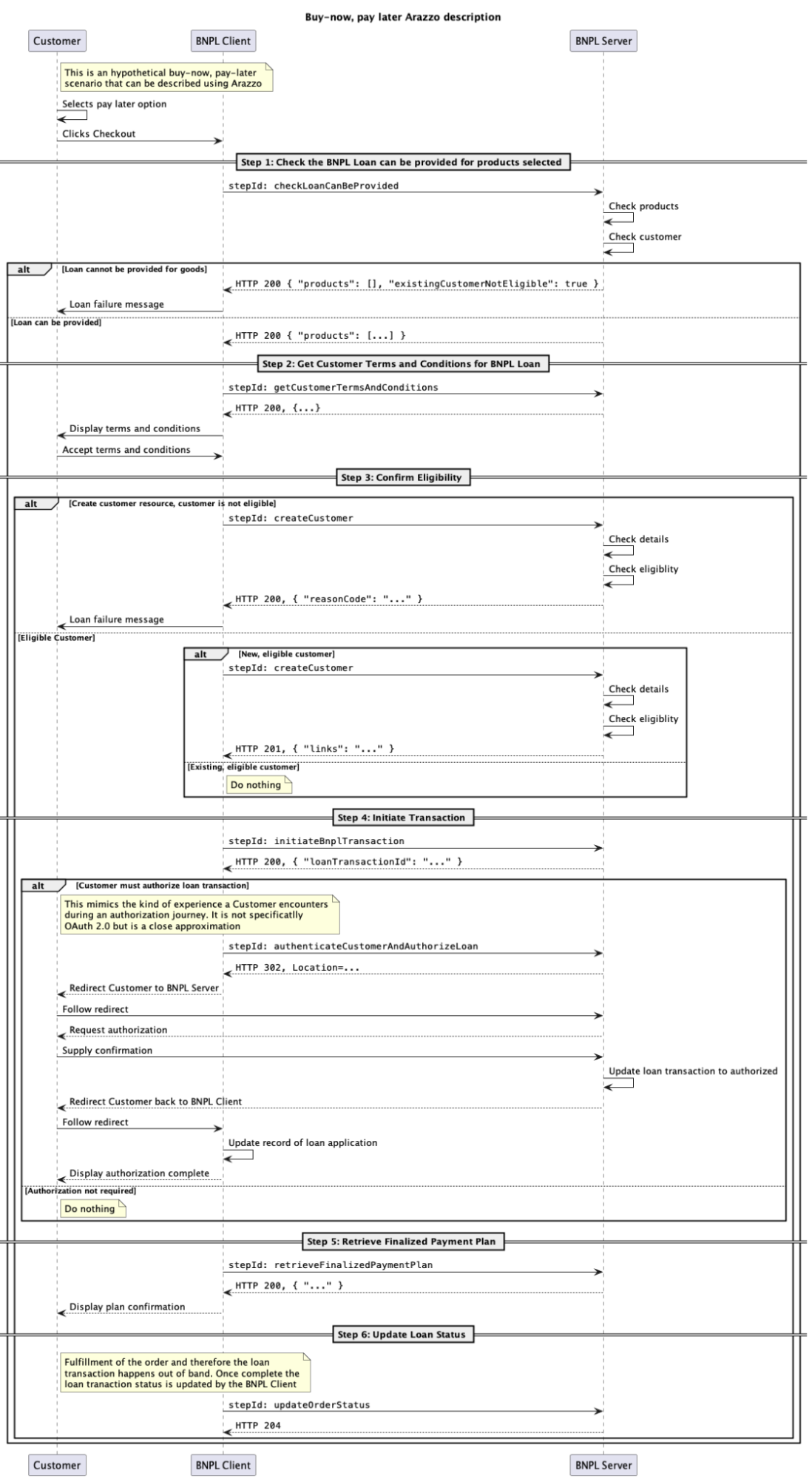Welcome to the OpenAPI Initiative October 2024 Newsletter, our regular round-up of the latest stories from across the OpenAPI landscape.
Initiative News
Hot on the heels of the Arazzo Specification going to version 1.0.0, we are pleased to announce that Overlay is now at 1.0.0! If you’ve not heard of Overlay it is a specification created by our Overlay Special Interest Group (SIG) to provide a deterministic, repeatable mechanism for implementing automated updates to OpenAPI descriptions. Use cases for Overlay include document translation, configuration information updates, and implementing standards-based API design based on governance patterns. Please read me at the Overlay Specification repository.
The completion of Overlay version 1.0.0 shows that the OpenAPI Initiative has become more than just the OpenAPI Specification. Arazzo and Overlay help support the OpenAPI Specification in both alternative implementation patterns and through the API lifecycle. We’ll be covering this evolution of the OpenAPI Initiative on our blog very soon.
We are also planning our next OpenAPI Hangout session, which will be a LinkedIn Live event, and will this time cover education and training in the context of OpenAPI. Please keep an eye on our LinkedIn page for details and a link to the event.
Specification News
We are pleased to announce that our provisional members of the Technical Steering Committee (TSC) have now become permanent! Please join us in congratulating Ralf Handl, Mike Kistler, Lorna Mitchell, and Miguel Quintero on their promotion to become permanent members of the TSC. The TSC is an invaluable part of the OpenAPI Specification and helps lead and shape the development of OpenAPI.
Our 3.0.4 and 3.1.1 patch releases of the OpenAPI Specification are also complete!. 3.0.4 and 3.1.1 serve to provide clarifications for implementers across both 3.0 and 3.1 versions of the standard, to ensure consistency in readiness for OpenAPI 4.0 (“Moonwalk”).
The development of Moonwalk continues and has included revisiting the OpenAPI landscape and what each part of the ecosystem looks like. You can read more in our Moonwalk Discussions board. Please also take time to read Henry Andrew’s blog that describes the analysis of the OpenAPI tooling ecosystem, and presents both the architecture and relationships implicit in the ecosystem.
As always our specification meetings are open to anyone. If you want to join to listen in or contribute, you’ll find the meetings in the OAI calendar. We are always looking for new ideas and contributors, so please feel free to come along.
Events Round-up
Events season has kicked back into gear since our last newsletter, and we’ve been busy! Our OpenAPI track has been featured at both apidays London and apidays Melbourne, hosted by Erik Wilde.
In London, Erik was joined by Frank Kilcommins who went deep on Arazzo, Sohaib Tariq who talked about the APIMatic API Copilot, Lorna Mitchell who discussed API description pipelines, and Dr Gobe Hobona, who explained how OpenAPI is leveraged by the Open Geospatial Consortium to support the geospatial ecosystem.
Erik was joined in Melbourne by Adeel Ali who talked about how OpenAPI helps with code and portal generation, and Patrick Chiu who discussed the role of OpenAPI in federated API management. The wealth and breadth of topics show how the API ecosystem uses and embraces OpenAPI. The tracks are also extremely well attended, which is a testament to their value for apidays conference attendees.
The OpenAPI Initiative also appeared at the Nordic APIs Platform Summit, where Chris Wood and BGB chairperson Budha Bhattacharya hosted an OpenAPI Fundamentals workshop based on our Linux Foundation training course of the same name. We are looking to expand our in-person training opportunities in 2025, with the potential to deliver certification opportunities to the community.
Event Outlook
Our final dedicated OpenAPI track of 2024 will be at apidays Paris, 3rd – 5th December 2024. Apidays Paris is the flagship apidays event, and this year will cover many subjects including API lifecycle management, cloud-native infrastructure, GenAI, and GreenIT. OpenAPI is a major feature in any of these subjects, which is why our OpenAPI track is an important part of the apidays Paris experience.
Apidays Paris provides an opportunity for you to get involved. We are currently looking for speakers to join us on the OpenAPI track and share your stories about using OpenAPI in your organizations and industries. If you want to submit a proposal please go to our submission page to send us your idea, where you’ll also find topics we are particularly interested in hearing about. Erik and the team will be in touch to discuss your proposal and potentially move forward with it to appear on our track in Paris.
Finally…
That’s it for this newsletter. If you have any news you want to share with the OpenAPI community please get in touch by email or join the Outreach channel on Slack.
We also welcome suggestions on how we can improve this newsletter or bring you information that can help make the most of how you use specifications published by the OpenAPI Initiative. We are also looking for ways to highlight OpenAPI Initiative member contributions to the community. Please get in touch if you would like to work with us to tell your story.
Author: Chris Wood


